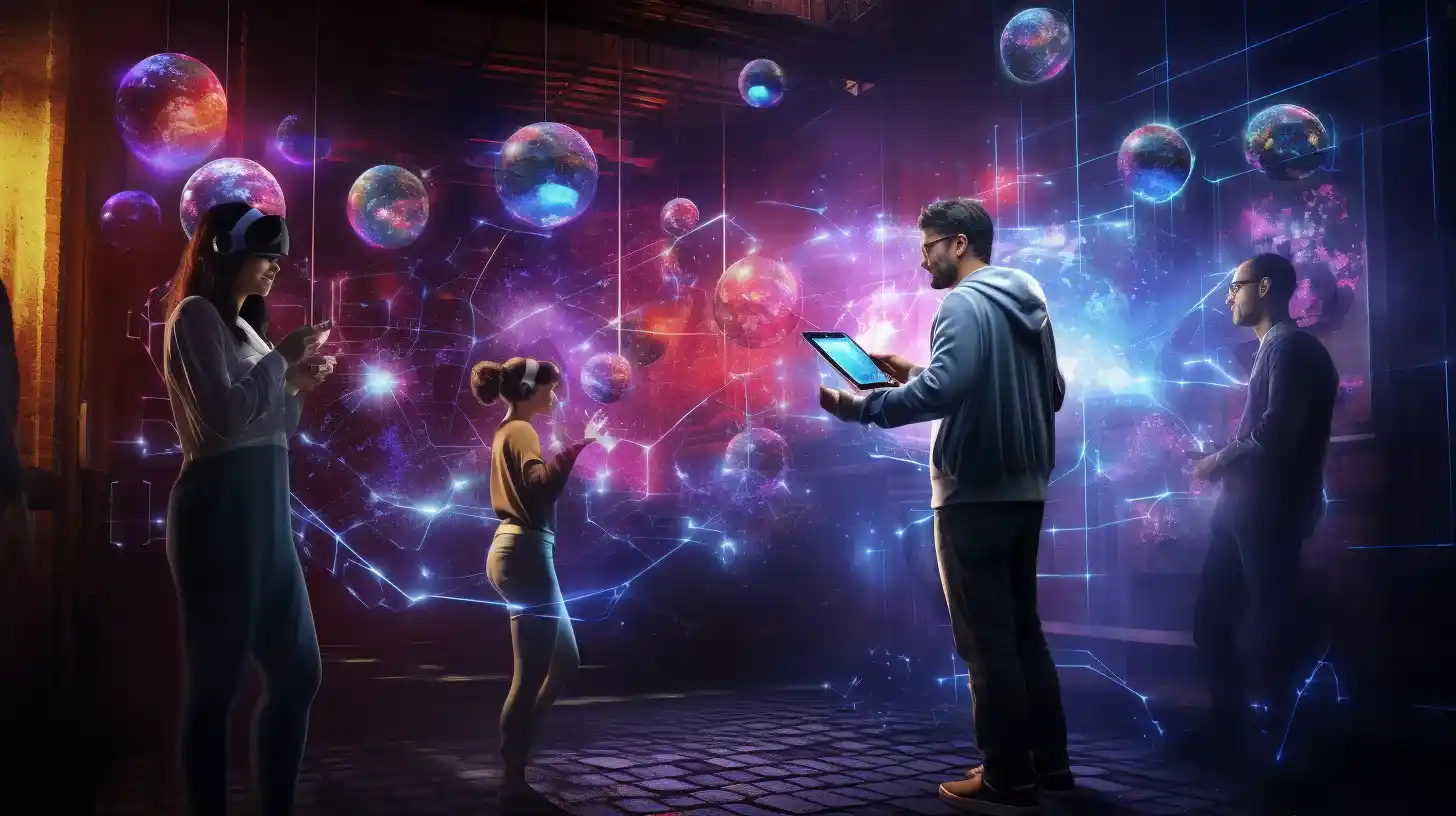Table of Contents
Artificial intelligence (AI) systems are becoming more capable of generating novel and useful inventions, but can they be considered inventors? The US Patent and Trademark Office (USPTO) has recently published its answer to this question, along with other clarifications on how to handle patent applications that involve AI tools.
The new guidance follows a series of public consultations that the agency conducted to gather feedback from various stakeholders. The USPTO states that its goal is to promote innovation and protect intellectual property rights in the era of AI.
Who can be an AI inventor?
According to the USPTO, the answer is simple: no one. The agency maintains that only natural persons, i.e., human beings, can be named as inventors in patent applications. This is consistent with the existing patent laws and regulations, which require that an inventor must be an individual who contributes to the conception of the invention.
The USPTO acknowledges that AI systems and other non-natural persons, such as corporations or governments, may play a role in the invention process, but they cannot qualify as inventors. The agency says that this is because inventors must have a legal personality and be able to exercise moral judgment and assume legal responsibility.
How to disclose the use of AI tools?

However, the USPTO does not prohibit the use of AI tools by natural persons in creating patented inventions. In fact, the agency encourages inventors to leverage AI systems as a means to enhance their creativity and productivity. The USPTO says that the use of an AI system by a natural person does not preclude them from being an inventor, as long as they meet the legal requirements.
One of the requirements is to disclose the use of AI tools in the patent application, just as the USPTO asks all applicants to provide all material information relevant to the patentability of the invention. The agency says that this is to ensure the accuracy and completeness of the patent record and to prevent fraud or inequitable conduct.
The USPTO also provides some examples of how to disclose the use of AI tools, such as:
- Indicating the name and version of the AI system used, and describing its functionality and capabilities.
- Explaining how the AI system was trained, configured, or customized for the specific invention.
- Identifying the source and type of data or inputs provided to the AI system, and how they were selected or generated.
- Describing the output or results obtained from the AI system, and how they were evaluated or verified.
- Disclosing any limitations or uncertainties associated with the AI system or its output.
How to demonstrate a significant contribution?
Another requirement is to demonstrate a significant contribution to the conception of the invention. The USPTO says that this is to ensure that the inventor is not merely a passive recipient or observer of the AI system’s output, but rather an active participant or initiator of the inventive process.
The USPTO explains that a significant contribution could be shown by the way the natural person constructs the prompt or query given a specific problem to elicit a particular solution from the AI system. For example, the natural person may:
- Define the problem or goal of the invention, and formulate the criteria or parameters for the desired solution.
- Select or design the AI system or algorithm suitable for the problem or goal, and adjust or optimize its settings or parameters.
- Provide or generate the data or inputs for the AI system, and preprocess or filter them as needed.
- Interpret or analyze the output or results from the AI system, and apply them to the problem or goal.
- Modify or improve the output or results from the AI system, and integrate them with other components or aspects of the invention.
The USPTO also clarifies that maintaining ‘intellectual domination’ over an AI system does not, on its own, make a natural person an inventor. This means that simply overseeing or owning an AI system that creates inventions does not entitle the natural person to claim credit for them.
What are the implications of the new guidance?
The USPTO’s new guidance is intended to provide clarity and consistency for patent applicants and examiners, as well as to foster innovation and competition in the field of AI. The agency says that it will continue to monitor the developments and challenges of AI, and update its policies and practices as needed.
The new guidance also aligns with the USPTO’s previous decisions and rulings on the issue of AI inventors. In 2020, the USPTO rejected a petition from researcher Stephen Thaler, who attempted to name his AI system, DABUS, as an inventor in a patent application. A US court upheld the USPTO’s decision, ruling that only natural humans can apply for patents. A different federal court also ruled that AI systems cannot be granted copyright, following a separate application by Thaler involving an AI-generated image.
The USPTO’s stance on AI inventors is similar to that of other major patent offices around the world, such as the European Patent Office and the UK Intellectual Property Office, which have also denied patent applications that named AI systems as inventors. However, some countries, such as Australia and South Africa, have granted patents that listed AI systems as inventors, raising legal and ethical questions about the recognition and protection of AI-generated inventions.





